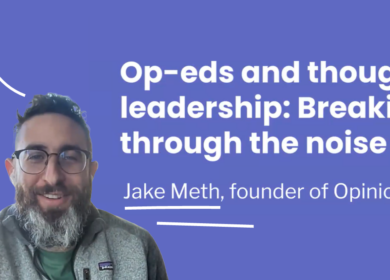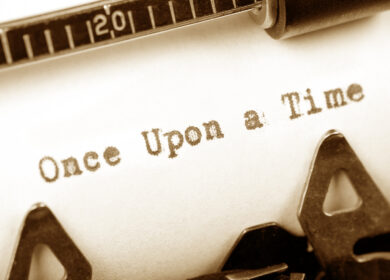
By Giuseppina Chiaramonte
The Hoffman Agency, San Jose
A couple weeks ago, I recapped some of The Hoffman Agency’s recent work for Alcatel-Lucent – a media campaign commemorating 50 years of Bell Labs innovation.
Though the Big Bang Bash was something that seemed to come together effortlessly, the fact is, there was actually a lot of work involved to get the campaign off the ground.
This week, I’d like to take a deeper dive into the process, analyzing what it takes to orchestrate a successful media campaign. So here — in broad strokes — are four tips to help your media campaign hit the mark and resonate with journalists.
First: Figure out what you have to work with.
Every good media campaign begins with research. But beyond determining your story angle and prospective targets, you need to take stock of your internal assets.
Ask yourself who the spokespeople will be. Find out what their schedules are. Do you have video or audio clips to provide media? What about photographs?
Determining what you have and what can be made available allows you to craft the perfect “media package” for your campaign.
Next: Get visual with your story.
A popular adage in Storytelling 101 is to “show, don’t tell.” This saying is especially true today, as the way we consume news has changed.
Videos, graphics — even landing pages — have become natural extensions of a story. Catchy headlines become all the more clickable if there is an intriguing photo to accompany them. Even more traditional outlets — from The Wall Street Journal to Businessweek — have embraced visual storytelling.
That said, it’s worth taking the time to think of unique ways to visualize your campaign. If you can find visuals to drive the story, then you’re onto media gold.
Also: Know your audience — and speak to them.
When it comes to actually pitching your media campaign, a lot of PR professionals cast the net far and wide in order to get a few nibbles. While it’s true that you shouldn’t limit yourself, it’s important to be smart about who you’re reaching out to and make an effort to actually connect.
Just take a look at the following pitch from one of our Hoffman associates (names removed/modified for the example):
From: Patrick Dorn Hi John, Caught your article about why Apple didn’t incorporate sapphire into its iPhone screens. Your first instinct about sapphire was right. It’s not inherently flawed, and has real viability. While there is some basis for a few of the claims being made against sapphire, overall most of the information being spread is outright false, or being made without any basis. I’d like to see if I can connect you with my client, who is the largest manufacturer of sapphire in the U.S. We can provide an accurate assessment of sapphire and clear the air around how it could be a viable option for smartphone screens and other consumer electronics in the future — for Apple, as well as other OEMs. Thanks, |
By referencing a recent story, and offering someone who can speak directly to the claims in the article, Patrick’s pitch shows genuine interest in giving the journalist relevant information. The same thoughtfulness should drive pitching for any media campaign. Because at the end of the day, three or four tailored pitches can go much further than 50 blanket emails.
Finally: Be tenacious.
Last but not least, don’t give up. If a story is a perfect fit for a journalist, then follow-up by email or phone. Timidity won’t cut it.
Going back to the Big Bang Bash for a moment, one of our most prominent media attendees was secured via phone follow-up – one day prior to the event.
Our team’s willingness to pitch up to the last second and to keep trying until we got a response resulted in coverage that was syndicated widely across top-tier publications.

